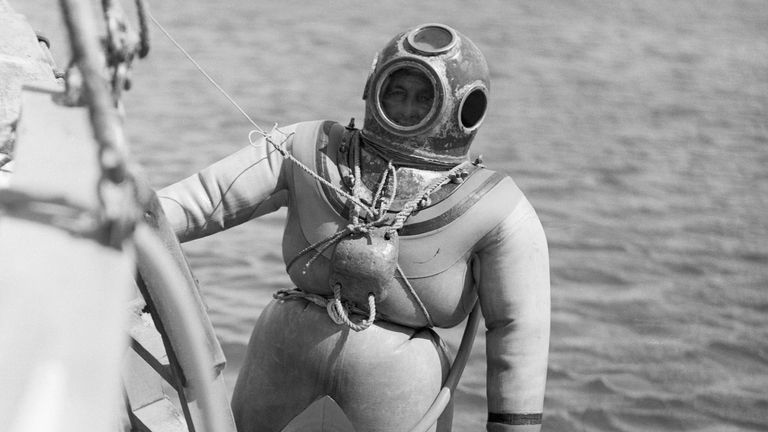Divers Discover 2,000-Year-Old 'Computer' That Is Rewriting History
The year is 1900 and on a spring day a Greek sponge-diver is about to disappear below the sparkling blue waters of the Aegean Sea. But he doesn’t find sponges. Instead he comes across an ancient shipwreck — one which will turn out to be some 2,000 years old. In the following months and years the underwater site yields a treasure trove of ancient artifacts. One of the discoveries was a lump of metal encrusted with the debris of two millennia.
Not far off a modern computer
But to the astonishment of researchers, later this rusting chunk of ancient history turned out to be a highly sophisticated machine not far off a modern computer in its operation. This discovery went on to overturn many of our preconceptions about how well the ancients understood the universe in which they lived.
To understand the full background of just how scientists came to realize that this metallic lump was actually an advanced calculating tool of great complexity, we need to look more deeply at this ancient vessel and its discovery.
The Antikythera wreck
The ship was a cargo vessel, one of the many that plied their trade in Aegean Sea — part of the Mediterranean — around 2,000 years ago. Evidence from the many shipwrecks that have been discovered in these waters suggests that seaborne trade was at its peak at the time our wreck sunk, probably between 60 and 50 B.C.
We don’t have a name for this ship, although it’s known as the Antikythera wreck simply because it was discovered off the coast of the Greek island of that name.
Bronze and marble statues
Marine archeologists have gleaned much information from the remains of this ancient shipwreck. The Smarthistory website tells us, “It was a large freighter and… its wooden planks were lined with lead to insulate it from the water and wood-boring microorganisms.”
The vessel was probably capable of transporting up to 300 tons of freight. When it sank, it was carrying a range of luxury goods. The bulk of the ship’s cargo consisted of “large- and small-format bronze and marble statues.”
Quite some find
Smarthistory also lists, “bronze couches/beds, silver and glass vessels and utensils, red-slipped dish ware, and organic foods and substances” among the cargo. So this was quite some find, considering the diver who stumbled across it had only been looking for sponges!
At a more mundane level the wreck also contained everyday items that would have belonged to the crew. Among them were a musical instrument, cooking pots and game pieces as well as coins and jewelry. Not that far off from what you might expect to find in the crew quarters of a modern ship.
